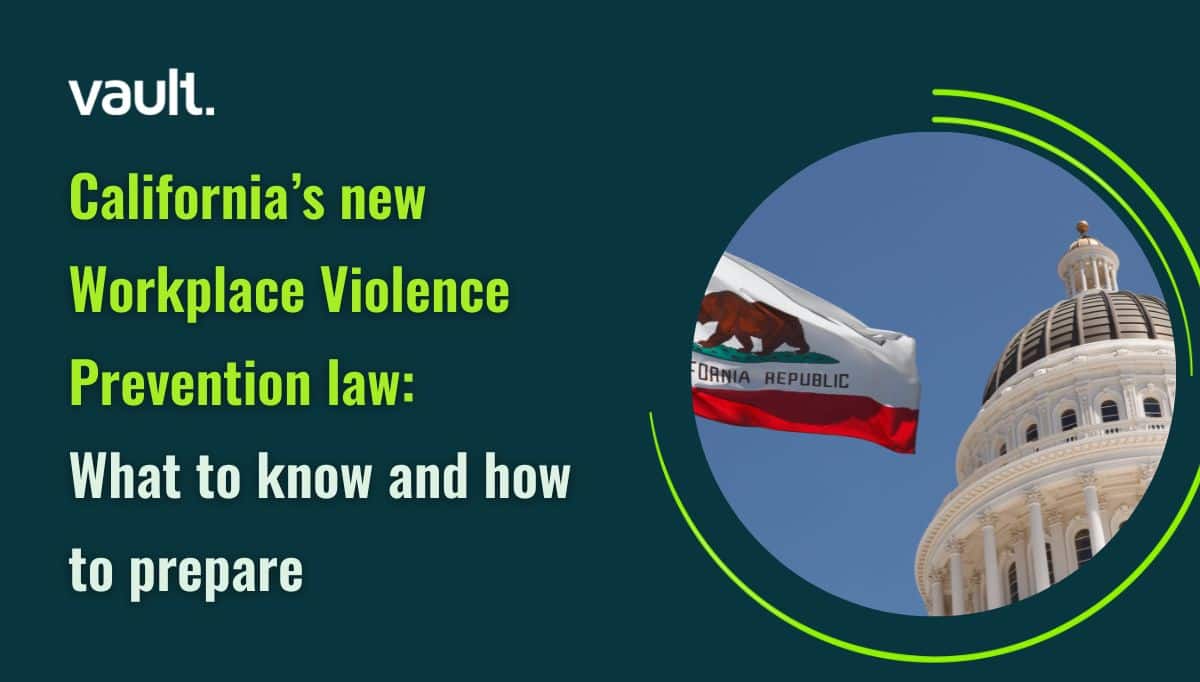Gay and transgender employees won a significant victory in the US Supreme Court this week after a federal ruling barred employers from firing workers for being gay or trans.
The Supreme Court ruled that Title VII of the 1964 Civil Rights Act, which among other things bans employment discrimination on the basis of sex, also applies to sexual orientation and gender identity.
After the ruling, Republican appointee Neil Gorsuch wrote that discrimination against gay and trans people is based on objections to the way these people’s behavior relates to their sex and is therefore already illegal.
As a result, gay and trans workers in many US states who previously could legally be fired by their employers based on their gender identities or sexual orientation, now benefit from increased protection.
“The Supreme Court’s decision provides the nation with great news during a time when it is sorely needed. To hear the highest court in the land say LGBTQ people are, and should be, protected from discrimination under federal law is a historic moment,” said Mara Keisling, executive director of the National Center for Transgender Equality.
Where possible, the National Center for Transgender Equality advises employees and employers to try to resolve incidents of discrimination within the company and highlights the use of internal complaints processes.
“Many problems can be resolved internally, either by talking with the person who is causing a problem, or by using your company’s internal complaint process. Sometimes, a manager or coworker just needs to understand your point of view; they may not have met a transgender person before. Other times, a direct supervisor may be biased, but management will back you up. Sharing copies of the federal government guidance on trans workplace issues and relevant EEOC decisions, although not binding on all employers, may help persuade management or HR,” the Center said.
According to Catalyst, the women-at-work advocacy group, prior to the ruling, there was no state-level protection for sexual orientation or gender identity in 28 of the 50 US states. Out of an estimated 8.1 million LGBT workers aged 16 or older, nearly half (3.9 million) lived in states without statutory protections.
As of 2020, 93% of Fortune 500 companies have non-discrimination policies that include sexual orientation and 91% have non-discrimination policies that include gender identity, according to Catalyst.
A list of resources relating to Title VII and current EEOC guidance can be found on the SHRM website, here.
[simple-author-box]


